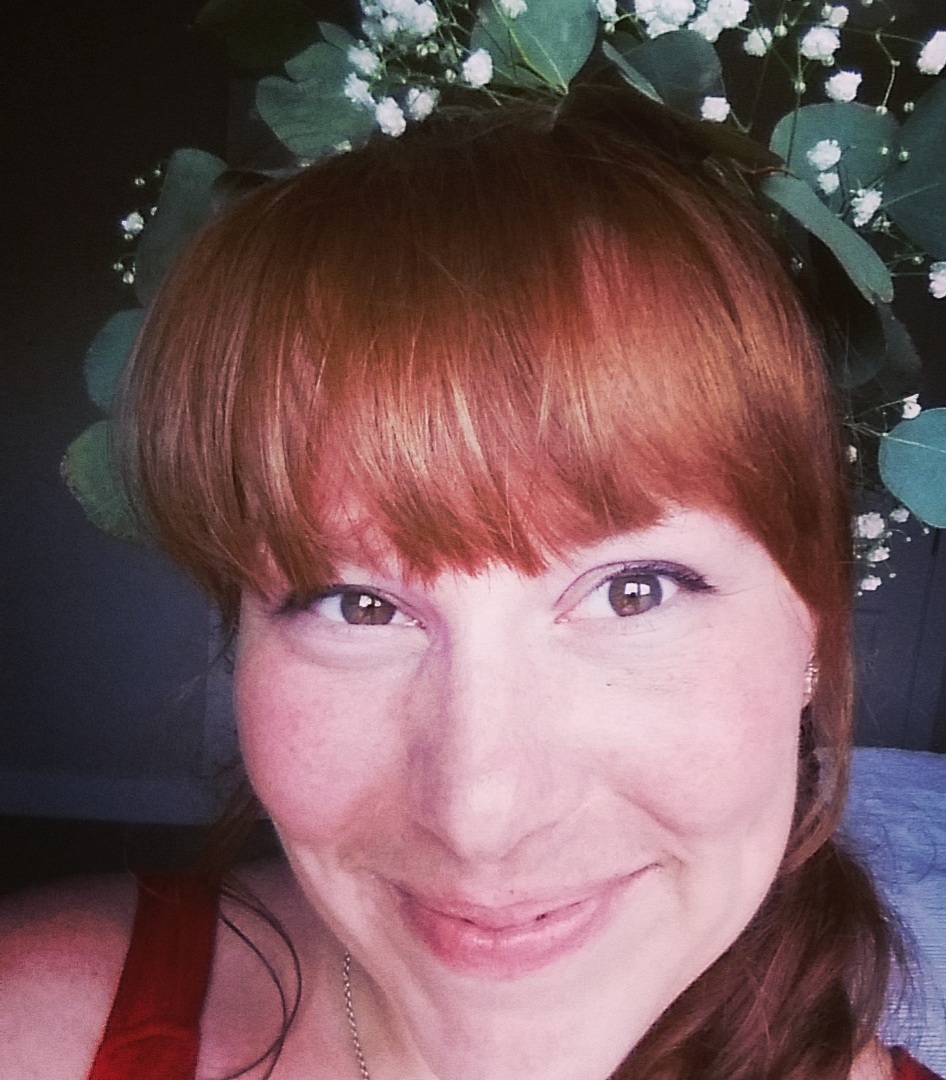Solving the Problem of Compelling Conflict

Post written by guest writer Kara Aisenbrey.
You’ve built your world. You’ve crafted engaging characters. You know you need to start beating them up for the story to get rolling…but what does that look like exactly? How do you know if your conflict is working?
Why is conflict so important?
Story conflict creates suspense. The first piece of hooking your readers comes from crafting characters they can connect with—the second piece is to put obstacles in that character’s path. Now the reader needs to know what happens next, where the story will go from here.
Effective conflict stems from a risk to something that matters deeply to your character. Often called “stakes,” this means that your character has something to lose and something they desperately want. In other words…
The potential to gain or lose something important + having to face unknown variables not under their control + other players with their own agendas = potential for great conflict
Conflict is the spark propelling your protagonist into action, prompting them to seek answers and solve problems and try new tactics if they are to get what they want.
What does strong narrative conflict look like?
Your central conflict should be complex enough to sustain the length of your novel. This means that it can’t be solved if the hero just slays the beast or two characters have a conversation. Compelling conflicts don’t have easy answers. Nor will your characters know how to solve the conflict at the beginning of the novel. (Perhaps the beast needs to be slayed—but how?) As your characters go on the journey of their story—finding allies that provide pieces to the puzzle, learning from their failures, discovering new information previously hidden—the right answer should come, gradually, inevitably, into focus.
Ideally, resolving the primary conflict will also require your protagonist to make a pivotal choice that they wouldn’t have been prepared to make at the beginning. Only by experiencing the events of the story will your protagonist know what to do—and be able to do it.
Do you have the right kind of conflict?
Conflict comes in two primary forms:
- External conflict
- Examples: another character acts on their goals and changes the game, an antagonist strikes, a force of nature interferes.
- Internal conflict
- Examples: anxiety about new challenges, rage over an injustice, feeling torn about a dilemma, keeping secrets or telling lies.
External conflict works best if it’s connected to your character’s emotional growth. Instead of struggling with obstacles that are just annoying, your characters should experience challenges that make them confront whatever lie (sometimes referred to as a “misbelief”) they’ve chosen to believe.
Say you have a character who is fearless when it comes to protecting the people they love, but they cling to the belief that true strength is never showing vulnerability. Say this character must battle a fearsome monster never before seen. That external conflict might challenge the character physically—but it might not attack their lie/misbelief. To provoke true internal conflict, overcoming the monster can’t be something the hero achieves without internal change: understanding that we are stronger together than alone. Therefore, the hero should fail if they try to win alone.
Internal conflict can also prompt external conflict: if your character is feeling threatened, for example, they may lash out, prompting a fight or provoking an antagonist.
Most stories benefit from a balance of both external and internal conflicts. Obstacles that provoke strong emotions in your characters—fear, rage, doubt—will help fuel the actions and reactions that your story needs.
How can you build strong conflict?
There are different ways to tackle good conflict, but connecting it to character development will keep you on the right track.
Some authors start their stories with the spark of a plot and then craft character second.
If that’s how you tend to write, you can build conflicts connected to character arc by brainstorming who might be most challenged by plot events. If resolving the external conflict will require someone to act as a mediator between feuding kingdoms, for example, wouldn’t it be more interesting to start with a character who holds a deep grudge and finds it hard to forgive the wrongs perpetrated against them?
Some authors start with character and build a plot out of what choices those characters might make.
The same logic can be applied to this process, by asking yourself what kind of journey you want your character to go on and why you are telling your story. If you want to write about found families and a character learning to fight for what they want in life, what kind of obstacles would provoke this character into stepping out of their comfort zone? What crisis would attack their found family—and require your protagonist to act, not only in defense of the people they love, but to stand up for themselves?
Consider how both external and internal conflict can add complications.
Say you have a good central conflict, but your long middle section drags, and you need more tension along the way. You can add extra external obstacles that act as bumps in the road: maybe plans go wrong or the antagonist wins a battle. You can add internal conflict: maybe your character is keeping a secret, and they lose the perfect opportunity to come clean. Whatever the extra roadblocks are, make sure they are genuinely frustrating and not just a delay tactic.
Keep your characters at the heart of your decisions and crafting good conflict will be hard on them—but a walk in the park for you!
 Kara Aisenbrey is a professional editor specializing in fantasy and science fiction. Her favorite stories have that spark of magic in them, whether that’s traveling at warp speed in Star Trek or following golden threads over hills and under mountains in The Princess and The Goblin. She loves to work with independent authors to help them tell their stories as effectively as possible and capture the heart of all their readers. (Whether this involves summoning any fantastical powers depends on the author.) You can find her on Instagram @just.the.right.words.editing and at https://injusttherightwords.com/.
Kara Aisenbrey is a professional editor specializing in fantasy and science fiction. Her favorite stories have that spark of magic in them, whether that’s traveling at warp speed in Star Trek or following golden threads over hills and under mountains in The Princess and The Goblin. She loves to work with independent authors to help them tell their stories as effectively as possible and capture the heart of all their readers. (Whether this involves summoning any fantastical powers depends on the author.) You can find her on Instagram @just.the.right.words.editing and at https://injusttherightwords.com/.
Stay connected with news and updates!
Sign up to receive our newsletter, special coupons for our products, and announcements about our growing selection of tools for authors!
We hate SPAM. We will never sell your information, for any reason.




